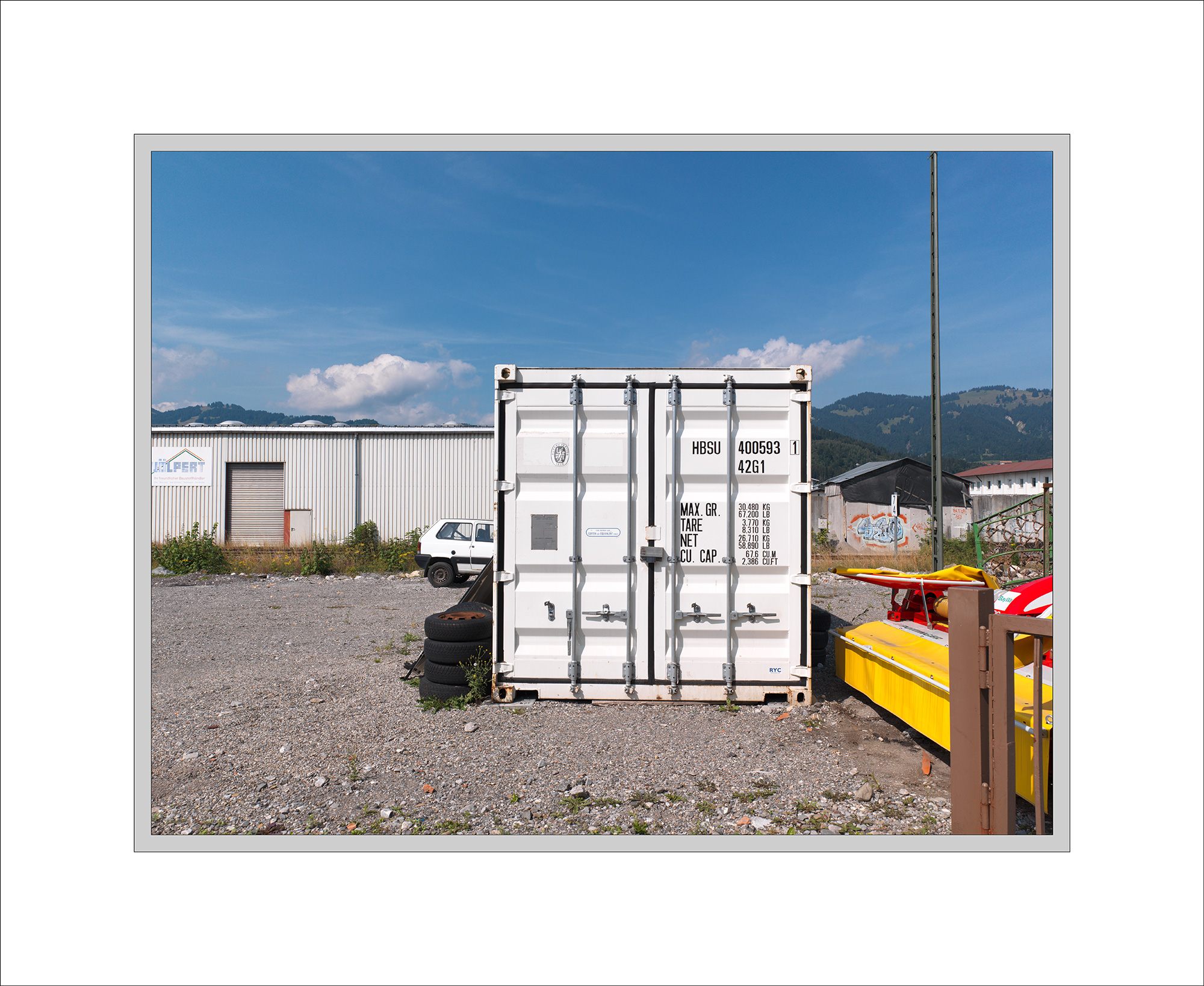Hi there
I use a Rodenstock 45mm F4.5 Apo-Sironar Digital lens on a tech cam coupled with a 22mp Leaf back. I selected this lens for it's large image circle, perfect for the stitching I do about 80% of the time.
With the big 9 micron pixels of the 22mp Leaf back I'm getting brilliant results and am very happy. I frequently also borrow a DM33 and see no obvious drop in quality with the reduction to approx 7 micron pixel size.
I'm looking into trading up to a P45+ (almost purely for long-exposure capabilities), where the pixels drop to 6.8microns in size.
I can't seem to find the exact MTF charts or lines p/mm details for this lens, the Rodenstock website shows detailed specs for the 35 but not the 45.
This not being the HR lineup of Rodenstock lenses, my question is; is this lens likely to be out-resolved if I move to a back with a higher resolution? And what does the result actually look like - just a bit soft?
Does anyone have any example images of this lens on 39mp (or even higher) back, or a similar resolution non HR Rodenstock lens on a 39mp back?
Thanks in advance
TMH
I use a Rodenstock 45mm F4.5 Apo-Sironar Digital lens on a tech cam coupled with a 22mp Leaf back. I selected this lens for it's large image circle, perfect for the stitching I do about 80% of the time.
With the big 9 micron pixels of the 22mp Leaf back I'm getting brilliant results and am very happy. I frequently also borrow a DM33 and see no obvious drop in quality with the reduction to approx 7 micron pixel size.
I'm looking into trading up to a P45+ (almost purely for long-exposure capabilities), where the pixels drop to 6.8microns in size.
I can't seem to find the exact MTF charts or lines p/mm details for this lens, the Rodenstock website shows detailed specs for the 35 but not the 45.
This not being the HR lineup of Rodenstock lenses, my question is; is this lens likely to be out-resolved if I move to a back with a higher resolution? And what does the result actually look like - just a bit soft?
Does anyone have any example images of this lens on 39mp (or even higher) back, or a similar resolution non HR Rodenstock lens on a 39mp back?
Thanks in advance
TMH

